This article will focus on What is Broadcloth Fabric Made Of? Broadcloth is a tightly woven fabric known for its smooth texture durability. It is widely used in clothing, furniture, and textile fields.
Understanding the composition of broadcloth is essential to purchasing the right fabric for a particular application. What is Broadcloth Fabric Made Of?Different fiber materials have unique properties that affect the performance and longevity of a fabric.
What is Broadcloth Fabric?
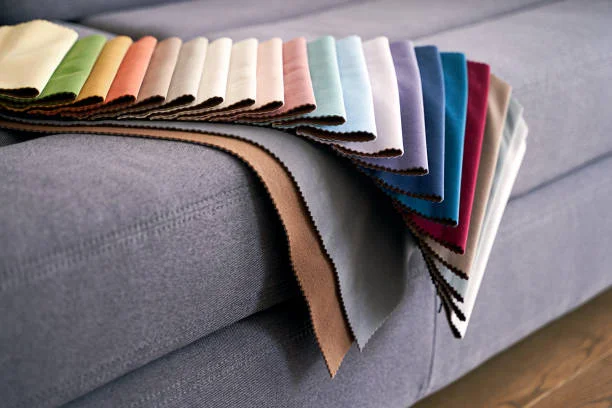
Broadcloth fabric is a tightly woven, medium-weight fabric typically made from cotton or a cotton blend. It is known for its durability, smooth finish, and fine texture. The fabric’s tight weave provides it with strength and resilience, making it suitable for a variety of uses.
Due to its versatility, broadcloth is commonly used in clothing such as shirts and blouses, as well as in home decor items like curtains and bedding. Its smooth surface gives it an elegant appearance while allowing it to drape well.
Broadcloth also offers decent breathability thanks to its natural fiber content, making it suitable for various weather conditions. Additionally, the fabric is easy to care for and can withstand machine washing without significant shrinkage or damage. Broadcloth fabric’s durability, smooth texture, versatility make it a popular choice for both apparel and home decor projects.
What is Broadcloth Fabric Made Of?

Broadcloth fabric can be made from a variety of materials, each with its own unique properties and uses. Here are some common broadcloth materials and their characteristics:
Cotton
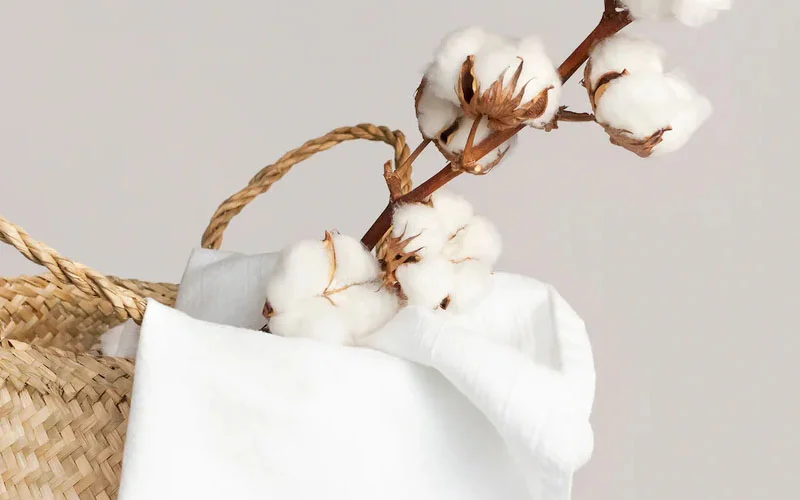
- Features and advantages: soft, breathable, good moisture absorption, gentle on the skin, and natural texture.
- Example of the impact on fabrics: Cotton broadcloth fabric is usually soft and comfortable to the touch, breathable and not stuffy, and may have a natural texture in appearance. For example, a pure cotton broadcloth shirt is comfortable to wear and looks natural and simple.
Polyester
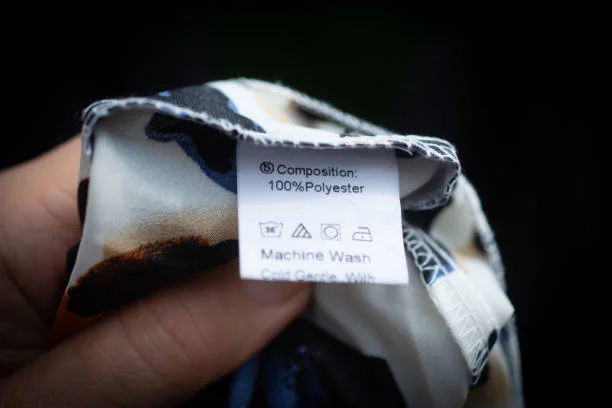
- Features and advantages: high strength, good wrinkle resistance, wear resistance, not easy to deform, and relatively economical price.
- Example of the impact on fabrics: Broadcloth fabric containing polyester will be more stiff, not easy to wrinkle, and easy to care for. Some broadcloth curtains mixed with polyester can maintain a flat appearance for a long time.
Silk
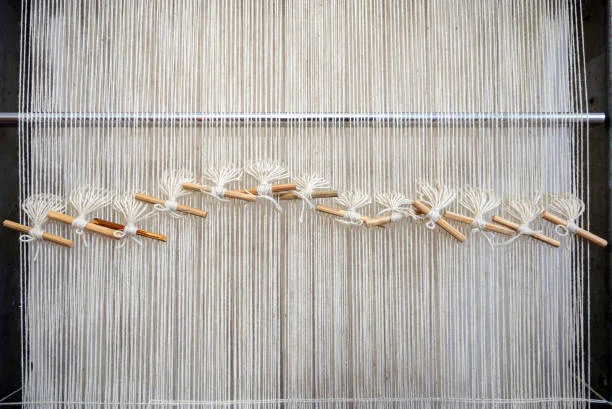
- Features and advantages: It has excellent luster, softness and smoothness, good moisture absorption and breathability, giving people a luxurious feeling.
- Example of the impact on fabrics: Broadcloth fabric made of silk has a very bright appearance, a unique luster, and an extremely delicate and smooth feel. For example, silk broadcloth pajamas have a high-end feel and feel very smooth.
Wool

- Features and advantages: Good warmth retention, good elasticity, and a certain sense of stiffness.
- Example of the impact on fabrics: Broadcloth fabric made of wool is usually thicker and has a good warmth retention effect. For example, a winter coat made of wool broadcloth can effectively resist the cold while maintaining a certain shape.
Broadcloth Fabric Blends and Combinations
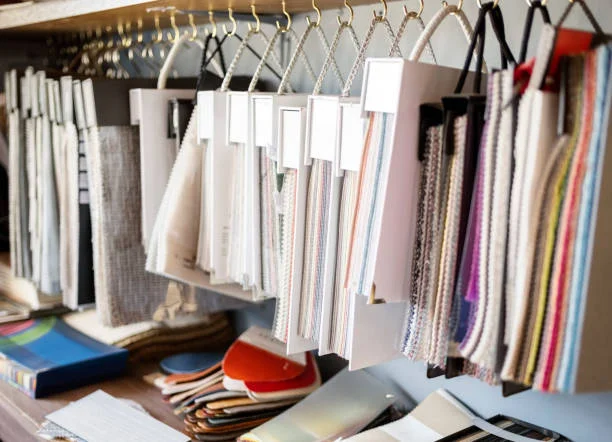
Cotton and Polyester Blends
Common in broadcloth fabric. This blend is used in a wide range of applications, such as making shirts for daily wear. Cotton provides softness, breathability and sweat absorption, while polyester increases the strength, wrinkle resistance and durability of the fabric. Such a blend makes clothing comfortable and easy to care for, while maintaining a certain degree of breathability and reducing the formation of wrinkles. For example, a cotton and polyester blended suede shirt is suitable for daily office wear. It will not affect the image due to excessive wrinkles caused by sitting for a long time, but it can also remain comfortable during activities.
Wool and Silk Blends
Often used in high-end clothing. This combination can combine the warmth and crispness of wool with the luster and softness of silk. It is often used to make high-end coats or dresses for autumn and winter. For example, a wool and silk blended suede coat provides warmth in cold weather while showing a luxurious look and delicate touch.
Cotton and Wool Blends
Suitable for making autumn and winter clothing. Cotton can improve the prickly feeling that wool may have, while increasing breathability, while wool improves warmth retention. Some cotton-wool mixed suede sweaters, for example, are warm and comfortable, suitable for wearing in slightly colder seasons.
Popular mixtures
“Cotton-polyester-silk” is a popular one. It combines the natural texture of cotton, the durability of polyester and the luster of silk, balancing different characteristics such as softness, strength and appearance. This mixture can produce beautiful and practical clothing, such as women’s dresses, which can show elegance in various occasions. In addition, “wool-polyester” blends are also very popular. On the basis of ensuring a certain degree of warmth retention, polyester is used to make the fabric easier to care for and keep its shape, and is used to make some professional clothes or uniforms that need to be worn and cared for frequently.
Through these mixtures, various characteristics can be cleverly balanced according to different needs and design concepts to meet consumers’ multi-faceted requirements for quality, function and beauty.
6 Steps : Broadcloth Fabric Production Process

Here are some details about the production process of Broadcloth Fabric:
Step 1 : Raw material preparation
First, the appropriate fiber raw materials, such as cotton, wool or other synthetic fibers, must be carefully selected. These raw materials are initially cleaned and sorted to ensure purity.
Step 2 : Spinning
The fibers are spun into yarn. In this process, the thickness and uniformity of the yarn must be controlled. For high-quality suede fabrics, the spinning process requires high requirements to ensure the strength and texture of the yarn.
Step 3 : Weaving
The yarns are interwoven through the loom to form the fabric. The type and setting of the loom will affect the texture and density of the fabric. When weaving suede fabrics, specific weaving methods may be used to achieve its unique surface effect.
Step 4 : Brushing
This is one of the key steps in the production of broadcloth fabric. Through special brushing equipment, the fibers on the surface of the fabric are gently brushed to form a fine suede. The strength and direction of the brushing need to be precisely controlled to obtain a uniform and beautiful suede surface.
Step 5 : Finishing and shaping
The fabric after brushing needs to be sorted to remove stray hairs and defects. The fabric is then shaped by heating or chemical treatment to keep the nap in a fixed shape and direction while ensuring the dimensional stability of the fabric.
Step 6 : Dyeing and post-treatment
Broadcloth fabric is dyed as needed to obtain the desired color. Some post-treatment steps may be performed after dyeing, such as softening treatment and anti-wrinkle treatment, to further enhance the performance and feel of the fabric.
For example, when producing a high-quality cotton broadcloth fabric, the cotton is first spun into fine and uniform yarn, and then woven into a grey fabric on a loom with a specific tight weave. Then, it is finely brushed to make the cotton nap stand up evenly, and then strictly finished and shaped, and finally dyed with elegant colors, presenting a soft, delicate and unique texture suede fabric.
Comparison with Other Fabrics:

- Compared to Poplin:
- Composition: Both broadcloth fabric and poplin may use similar fibers like cotton.
- Characteristics: Broadcloth fabric is often smoother and more lustrous, while poplin is more crisp.
- Advantages: The advantage of broadcloth fabric is its fine touch and good draping; poplin is known for its durability and neat appearance.
- Disadvantages: Broadcloth fabric may be more prone to wrinkling; poplin may lack some of the softness and sheen.
- Compared to Twill Fabric:
- Composition: Similar fibers are used in both.
- Characteristics: Broadcloth fabric is relatively more delicate; twill fabric has a distinct twill pattern and is more stiff.
- Advantages: Broadcloth fabric offers a delicate feel and better fluidity; twill fabric is more resistant to abrasion and has better body.
- Disadvantages: Broadcloth fabric may not be as stiff; twill fabric may not be as smooth.
- Compared to Satin Fabric:
- Composition: Essentially similar.
- Characteristics: Broadcloth fabric is more understated; satin fabric has a very obvious shine.
- Advantages: Broadcloth fabric is more suitable for daily use and has a wide range of applications; satin fabric has a glamorous and upscale look.
- Disadvantages: Broadcloth fabric is less shiny than satin fabric; satin fabric may be more prone to snagging.
Conclusion
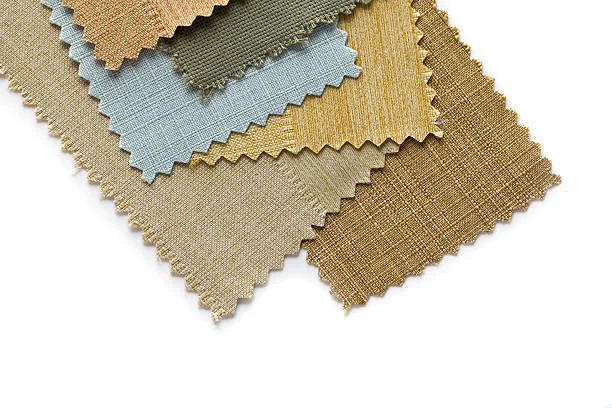
In conclusion, broadcloth fabric is a versatile and durable material that is well-suited for a variety of uses. Its tightly woven construction, smooth finish, and fine texture make it an ideal choice for clothing, home decor items, and various other applications. With its ability to drape well, breathe comfortably, and withstand regular washing, broadcloth fabric continues to be a popular choice for both fashion and interior design projects. Whether it’s used in creating elegant shirts or stylish curtains, broadcloth fabric’s qualities make it a reliable option for anyone seeking a high-quality textile.
Contact us for more fabric information.
